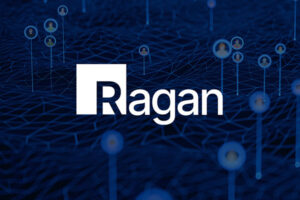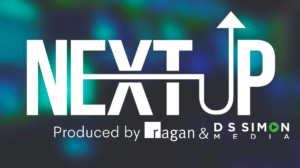How to collaborate on content across business functions
We asked members of the Ragan Advisory Board for collaborative tips on crowdsourcing content from teams across your organization.

For many communicators who are still struggling to engage disparate departments in a virtual or hybrid work environment, the idea of getting them to contribute to a shared content push across functions may seem like a daunting goal
It doesn’t have to be, according to the Ragan Advisory Board. We asked them one question: “How do you encourage teams to collaborate on content pieces across the business?”
Here’s what they said.
Designate a leader to project manage and get buy-in
For Johnna Muscente, VP of communications and PR at The Corcoran Group, it’s important to ensure there’s one leader project managing the launch. “Having one project manager responsible for overseeing the project will not only help to get all content pieces across the finish line,” she says, “(but) they’ll communicate any project shifts or delays with senior leadership and will ensure that the group isn’t getting stuck in an endless feedback loop with other stakeholders.”
Debra Helwig, senior communications manager at KCoe Isom, says that it’s each communicator’s responsibility to know the goal of each content push and be ready to let each collaborator know what’s in it for them. “If you go to a group of people across functions with a clear North Star of what you’re trying to accomplish, what you want their role to be and how they will benefit from doing what you ask, they are a lot more willing to find a way to get it done,” she says.
Helwig adds that this leaves room for you to create a “big picture vision” of what you’re trying to accomplish and explain why they should play a role.
“Then oftentimes you can get out of the way and let them get it done,” Helwig continues. “You guide and guard but they do the work. But if you think you can take your eye off the ball and things will magically happen, you are sadly deluded. It’s up to you to inspire action on a continuous basis.”
Create clear, accessible schedules and guidelines
Once you’ve designated a project manager, they should oversee a schedule that’s clear and accessible. Hosting the schedule on a cloud service like Sharepoint or Google Sheets can allow it to function as a transparent, shared space for everyone. ” If everyone is in agreement around the broader strategy and timing, the group can then collectively move forward with their unique responsibilities and can do so with clear understanding of timing and deliverables,” Muscente says.
Making your schedules and guidelines accessible across teams is one way to increase the likelihood of participation. Eliminating micromanagement is another. “If you want people to contribute and collaborate, you need to give them the freedom and support to do exactly that,” says Malin Teles, communicators manager at EGGS Design. “Give guidelines but make it clear that they are to be used as support – not as limitations.”
Teles also emphasizes the importance of encouraging team members to share content and deliverables at an early stage. “That makes collaboration so much easier, less stressful and it generates great end results.”
Crowdsource with care
Crowdsourcing content from multiple contributors is not necessarily a collaborative process, especially when you’re used to working with one contributor at a time, but there are ways to do so while staying mindful to your employees’ distinct expertise and perspectives. Amanda Ponzar, chief communications & strategy officer at CHC: Creating Healthier Communities, says communicators can use Teams, Slack or similar internal messaging apps to ask employees to weigh in on a specific question or topic that comms will then publicize in a specific piece or outlet with credit to them. You can also pull from chat comments they’ve already contributed — so long as you ask for permission to publish their words publicly. That consent goes a long way toward making the crowdsourcing exercise feel collaborative, as does the recognition.
”Make sure they know about the internal and external recognition and visibility they’ll receive,” Ponzar says, ”(including what’s) being quoted and in what channels. I used both of those tactics with the CHC team for our employee wellness challenge.”
When time allows, crowdsourcing content by asking for it individually is always preferable to a mass blast. “It’s great to ask one-on-one to ensure a diversity of contributions and broader representation from those who don’t tend to respond,” adds Ponzar, “but busy comms people don’t always have the time to chase people down and work closely with them.”







